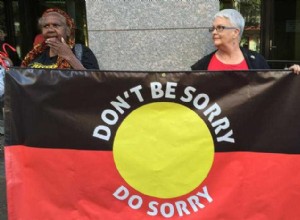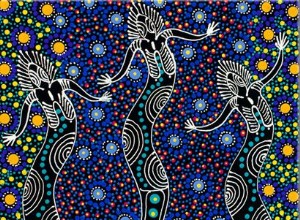In the era of partitions, many Poles were seduced by dreams of establishing New Poland in remote corners of the globe. There were projects to create a national team in Africa, Oceania and Brazil. One daredevil also pushed the idea to settle the uninhabited areas of Western Australia. What came out o




